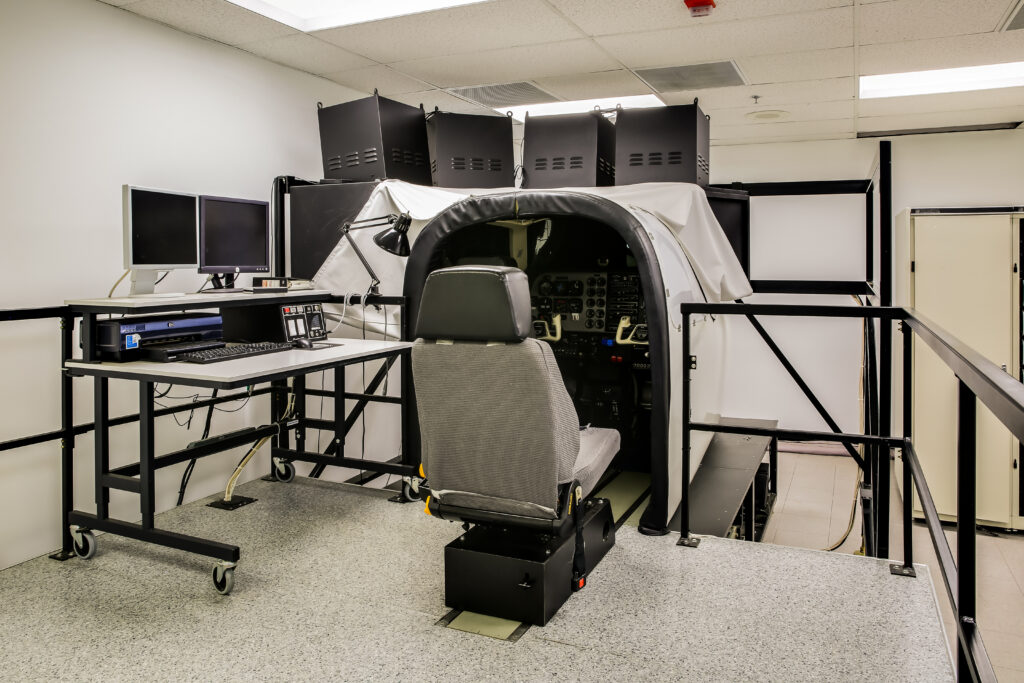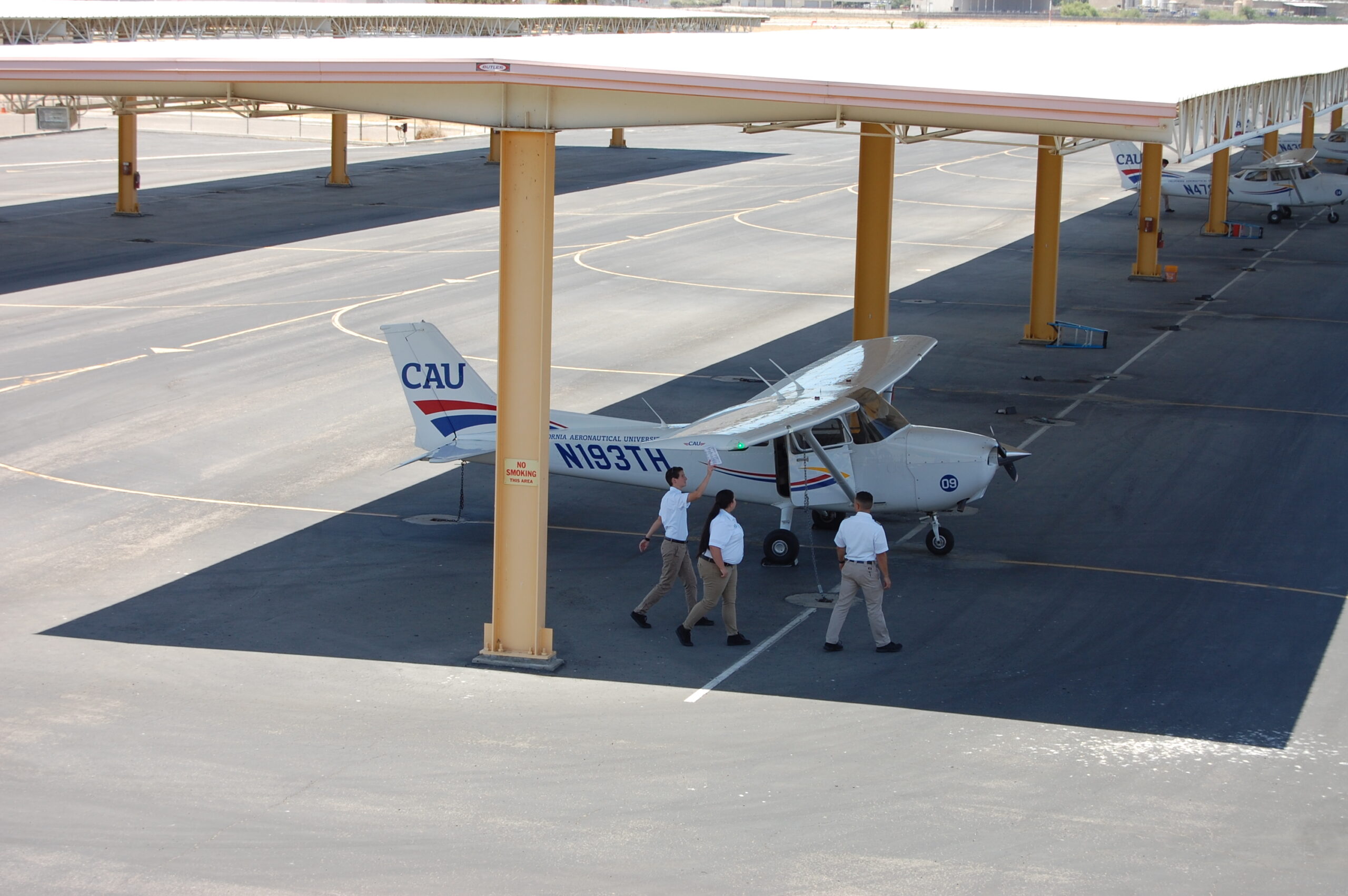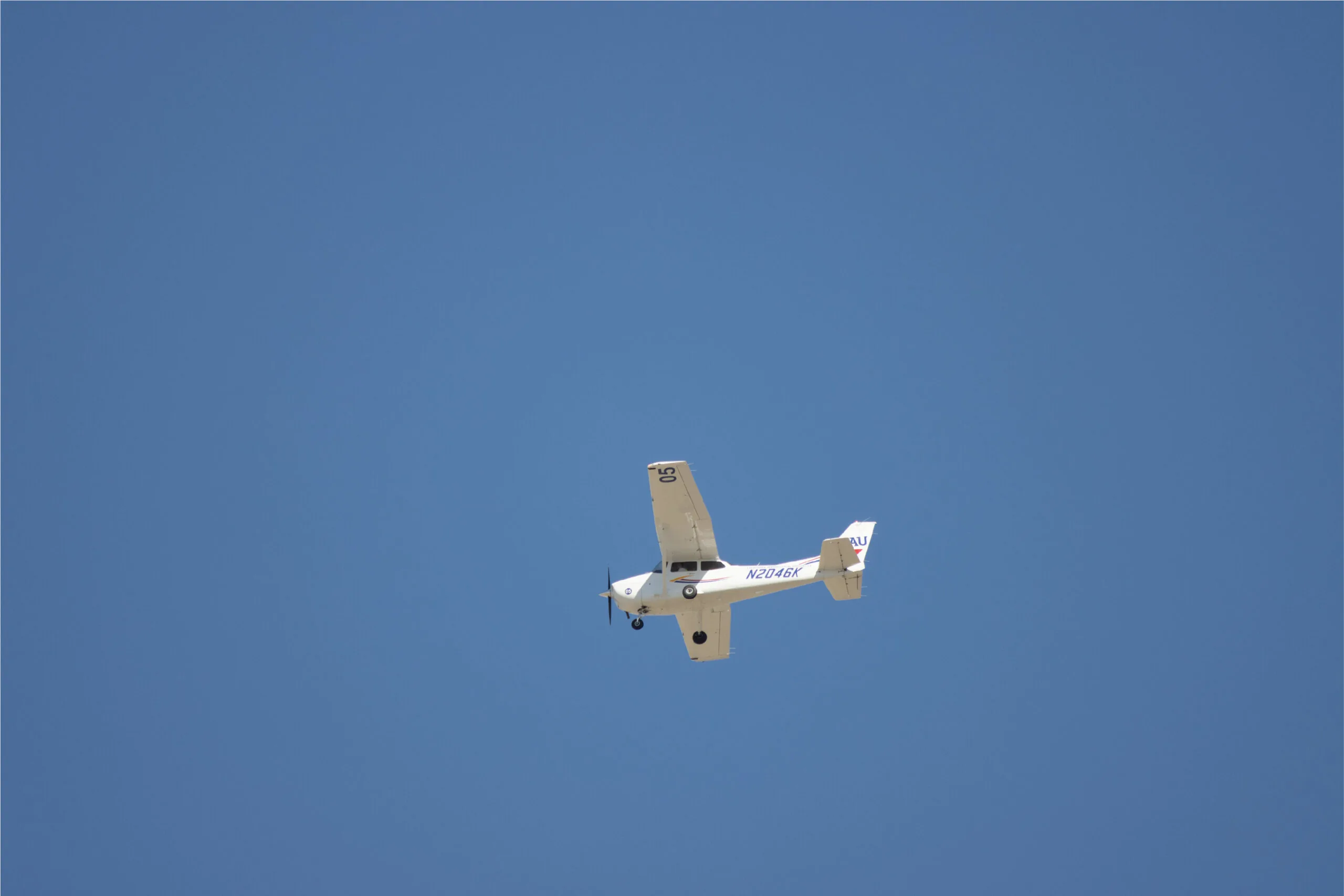Where you learn to fly or study for your future in aeronautics is as important as working in your future career. You cannot just flip a coin and choose a school. Instead, time and consideration need to be taken to ensure that where you earn your education will give you the best foundation for a lifelong career in aviation.
If you have decided that pursuing a degree in aeronautics is right for you, here are a few tips you may want to follow.
Tip #1: Choose Your Career Path
The field of aeronautics is vast. Therefore, before narrowing anything down, you must decide what to do within it. For instance, there are helicopter flight training programs, fixed-wing flight training programs, aviation maintenance technology programs, and bachelor’s and associate’s degrees.
Having some direction on what you want to do can help you narrow your focus. Meeting with those at your ideal school can be a great resource in helping you decide. They often have tools to link your future goals and interests with the right type of program.
Tip #2: Immerse Yourself in Aeronautics
If you are interested in an intensive educational experience, you may consider a program offering on-campus student housing. This allows you to surround yourself with everything in the world of aeronautics, including living with students studying the same lessons as you. You can form long-lasting relationships with those experiencing the same challenges and achievements as you live, eat, and learn together.
This type of arrangement may also help minimize outside distractions. Without the frustration of commuting, handling life outside of your education, and so forth, you can put everything into your studies and training.
If living on campus and the immersive experience it brings sounds like what you are looking for, it is important to find a program that offers this option. Keep in mind that it is not always available – especially in flight training schools. If a degree in aeronautics is what you want, shift your focus to colleges and universities rather than training schools.
Tip #3: Always Check the Safety Record
Before you invest anything into your future career in aeronautics, you will want to check the safety record of the school. First, this will give you an idea of just how important the school takes safety.
You want to find a school that follows standards set forth by the FAA and its regulations. To do this, the aircraft must have the proper care and maintenance while immediately addressing any issues that may arise.
Tip #4: Take a Look at the Instructors
The personality and teaching style will always vary from one instructor to the next. When deciding where you would like to pursue your degree in aeronautics, you may want to take a closer look at their instructors.
Those who are teaching you should be:
- Qualified with the applicable certificates/ratings to be an instructor
- Able to communicate concepts and lessons clearly
- Available to listen and assist students as they learn how to apply new concepts
- Able to take the time necessary with each student
Smaller class sizes and a lower instructor-to-student ratio can be bonuses as this opens up the door for potentially getting closer to instructors, having more personalized treatment, and having more time for gaining hands-on experience.
Again, every instructor is different. They don’t always possess all these characteristics, either. However, the quality of the instructors can be a crucial part of choosing the right place to obtain your degree.

Tip #5: A School with the Tools
There are many different types of aircraft, simulators, and other tools to help students seeking a degree in aeronautics be better prepared for their future. Seek out a school with industry-relevant equipment that can give you the best chance of getting through the program successfully.
If flying in any form is part of your career goal, having flight simulators is something to look for at the school you are considering. As part of your training, simulators can provide cost-effective and course-specific flight training all year long, regardless of weather conditions.
For those students who are geared towards maintenance, having the ability to physically work on aircraft can be incredibly helpful. It can bring the pages of books and instruction manuals to life. A school with hangar space dedicated to its maintenance program checks the box for having all the right learning tools.
Choosing a school with various aircraft can also benefit both types of aviation programs. This allows future pilots to experience flying different types of planes, like single-engine or multi-engine, while also allowing mechanics to get hands-on experience working on various aircraft types.
Tip #6: Ask About Financial Aid
Deciding on a degree in aeronautics is one thing – paying for that degree is another. The good news is that there are many ways to cover your education and training costs. Many students turn to financial aid available to those who qualify.
When choosing the right school, consider one that offers access to federal financial aid. Some schools, like California Aeronautical University, may offer step-by-step guidance throughout the financial aid process.
Remember that just because a school may offer access to financial aid does not mean that every student receives it. Each student will have a unique financial situation and may qualify for different types of funding when paying for their education.
Get Your Degree in Aeronautics
Whether you prefer to be high in the sky or have your feet firmly planted on the ground, a degree in aeronautics can present you with many career pathways. Being self-motivated to learn will help you continue growing throughout your career.
Have realistic expectations as you seek the best university to gain your education. Then, gather up your passion and follow these tips. Who knows – you could be taking a step into your future. Where will you go?
Ready to soar in your aviation career?
Mr. Matthew A. Johnston has over 23 years of experience serving various roles in education and is currently serving as the President of California Aeronautical University. He maintains memberships and is a supporting participant with several aviation promoting and advocacy associations including University Aviation Association (UAA), Regional Airline Association (RAA), AOPA, NBAA, and EAA with the Young Eagles program. He is proud of his collaboration with airlines, aviation businesses and individual aviation professionals who are working with him to develop California Aeronautical University as a leader in educating aviation professionals.










